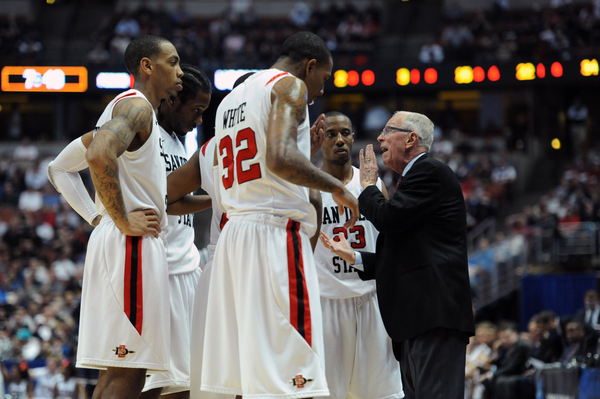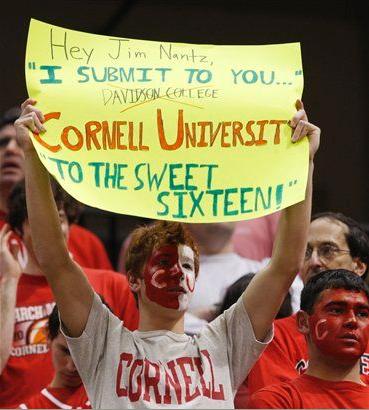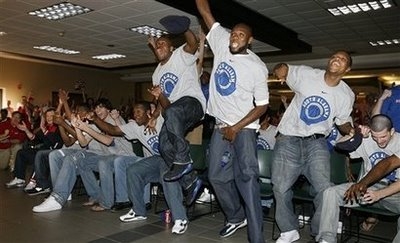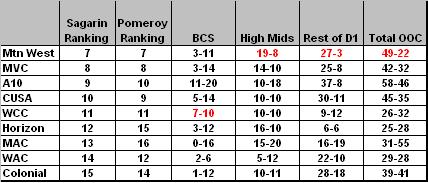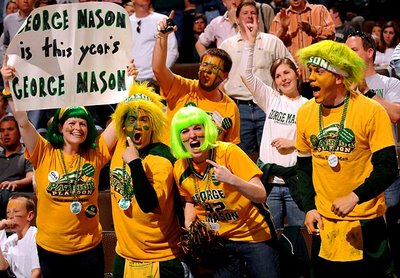Yes, kiddies, the grades are in from the first two rounds, and it’s obvious that some of you haven’t been doing your homework (ahem, SEC), and others of you are instead choosing to rely on your good looks and history (ahem, ACC). Still more of you are riding the coattails of your top students (ahem, Pac-10), while some of you have a tendency to perform well early while faltering late (ahem, Big East). Some of you guys there in the back of the class – the quiet ones – it appears you have been doing a little better than we expected (ahem, Big 10); there may even be top of the class potential here (ahem, Big 12)!
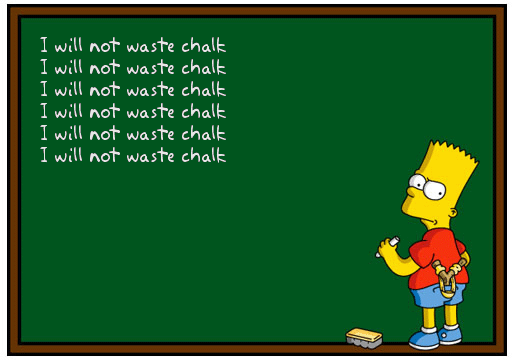
How do Conferences Stack Up So Far?
Big 12 (6 bids, 2 remaining, 7-4 record)
The Big 12 looked really good in the first round, going 5-1 and only losing one game where Baylor played pretty well. The second round was only 2-3 for the league, but the twin powers of Kansas and Texas continued to roll, inspiring confidence that one or both will end up playing in the final weekend as well. Oklahoma and K-State took it on the chin that round, but Texas A&M pushed UCLA to the brink of elimination. This league has performed very well given its teams’ relatively lower seeding, already exceeding its predicted win total (6.7) with a substantial chance to really destroy it.
Verdict: this league was probably a little underrated all year in the middle of the pack, but everyone knew what Kansas and Texas were capable of. Still, a solid to superb performance so far for this league.
Grade: A-
Big 10 (4 bids, 2 remaining, 5-2 record)
Yes, we know we’ve crushed the Big 10 all season long, and we’re still not convinced this league is worth a damn as a whole. But we certainly have to give it up for its performance in the first two rounds, going 3-1 in the first round and 2-1 in the second to push half of its bids into the Sweet 16. Furthermore, both Wisconsin and Michigan St. have looked really solid in doing so. With an average seed of 5.5, the Big 10 has already achieved its expected win value (4.8 wins), and probably has a fair chance to get at least one more next weekend.
Verdict: the Big 10 run probably stops this weekend, but the teams that made the Tourney have performed admirably as a whole (exception: Indiana and their disgraceful collapse this year).
Grade: B+
Big East (8 bids, 3 remaining, 10-5 record)
The Big East started off tremendously, going a strong 7-1 in the first round, with only UConn dropping out in an upset loss to San Diego. The second round wasn’t as kind, as Georgetown and Marquette lost close games with Davidson and Stanford, respectively. As two of the league’s hotter teams, Pitt and Notre Dame’s poor performances in the second round were also surprising. If it weren’t for the two Cinderellas (WVU and Villanova) taking the place of three protected seeds who were eliminated (Pitt, ND, Georgetown), the Big East could have had a disastrous second round, getting only Louisville into the Sweet 16.
We can’t shake the feeling that this conference should have had at least five teams in the regionals this year, though, given the relative weakness of most of the other conferences. Still, its average seed of 5.4 (including four protected seeds of #4 or higher) suggests an expected win total of about 9.6 (1.2 wins per team) through the tournament, and the conference has already achieved that mark with at least two winnable games (WVU and Louisville) upcoming.
Verdict: major opportunity lost to put 5 or even 6 teams into the Sweet 16 this year. Three is a nice compromise, especially considering two of them are Cinderellas.
Grade: B
Pac-10 (6 bids, 3 remaining, 6-3 record)
The Pac-10 this year is a classic case of haves and have-nots. First-class teams such as UCLA, Stanford and Wazzu are all still alive (although UCLA and Stanford should feel particularly thankful), while the second-class teams (Arizona, Oregon, USC) were rather easily dismissed in the first round. Its average seed (5.5) predicts 7.2 wins, and we’re not sure that the league will get there. Stanford and Wazzu have extremely tough games in the next round against Texas and UNC, respectively, while even UCLA has proven vulnerable and may run into trouble against Xavier or WVU in the regional finals. No Pac-10 team in the F4 during a year where it was clearly a deep conference with beauceaux NBA talent would be a huge disappointment.
Verdict: so far, treading water. Last second escapes by its big boys don’t exactly inspire confidence for later rounds. Wazzu has looked the most impressive, but Arizona and Oregon probably didn’t belong in this tournament at all.
Grade: B-
ACC (4 bids, 1 remaining, 4-3 record)
Like everyone else, we watched in shock as Billy Packer harangued the NCAA Selection Committee chairman for only including four ACC teams even though the league enjoyed the #1 RPI rating. Thank God for small favors. This league stunk up the joint for the most part, as Duke tried to lay its golden egg on Thursday night before getting exposed for good on Saturday, and Clemson manifested its annual collapse into one game against Villanova. Miami beat St. Mary’s and fought hard against Texas, but they just aren’t that good. Which leaves UNC, which has been and continues to be the only real class of the league this year. The ACC’s average seed was 3.8, which means if the league is to reach its expected win value of 6.4, it’s all on UNC’s ample shoulders as the sole survivor.
Verdict: this league was garbage this year and we all knew it. UNC may ultimately make the overall record look good, but this wasn’t a good conference and it showed in its performance in the NCAAs.
Grade: C
SEC (6 bids, 1 remaining, 4-5 record)
Speaking of terrible leagues, the SEC was a total and complete disaster this year. Tennessee is the class of the conference, but even they haven’t been playing very well and are an underdog as the only remaining SEC team in the next round. The SEC went 3-3 in the first round, and 1-2 in the second round, making it the only major conference with a losing record to date. Georgia, Kentucky, Mississippi St… they all fought hard, but they simply weren’t very good teams this year. And what can you say about Vandy other than they’re a complete joke away from Memorial Coliseum? Ugh.
Verdict: it wasn’t as apparent just how bad this league was until we saw the results of the last weekend. Without Florida and a stronger Kentucky, the SEC remains the seven dwarves.
Grade: D
Mid-Majors (14 bids, 3 remaining, 9-11 record)
The NCAA screwed the mid-majors this year by pitting six of them in games against each other in the first round, but the little guys still pushed through and managed to put three teams into the Sweet 16 – Davidson, Xavier and Western Kentucky. We have to wonder what would have happened had teams such as Drake, Gonzaga and S. Alabama gotten a chance to play one of the big boys. Only Xavier has a significant shot to continue advancing (v. WVU next).
Verdict: definitely better than last year, when only two (Butler and S. Illinois) made it to the regionals. Would have liked to have seen a little more fight from the likes of St. Mary’s, George Mason, Temple and St. Joseph’s, though.
Grade: C
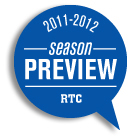 Andrew Murawa is the Pac-12 and Mountain West correspondent for RTC and a microsite writer. You can find him on Twitter @amurawa.
Andrew Murawa is the Pac-12 and Mountain West correspondent for RTC and a microsite writer. You can find him on Twitter @amurawa.




























